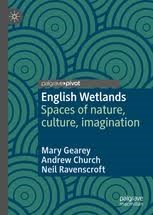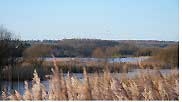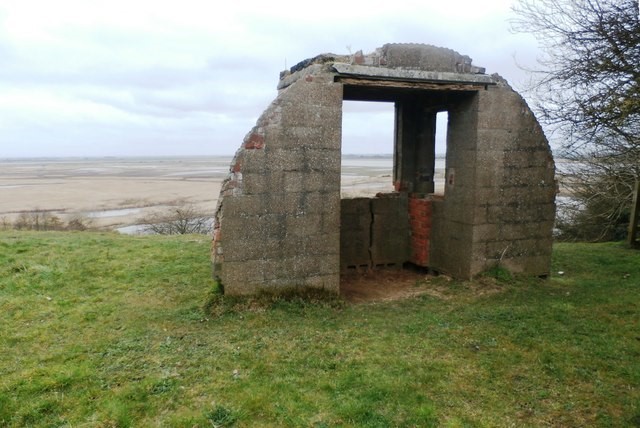English Wetlands: Spaces of nature, culture, imagination
05 Jun 2020
A new book is to be published on 3 July 2020 by RAU academic Professor Neil Ravenscroft and colleagues Dr Mary Gearey and Professor Andrew Church from the University of Brighton.

Royal Agricultural University academic Professor Neil Ravenscroft, from the School of Real Estate and Land Management, and University of Brighton academics, Dr Mary Gearey and Professor Andrew Church, release their new book early next month. The book, English wetlands: spaces of nature, culture, imagination, argues that to understand wetlands is to understand human development. Using case studies drawn from three English wetlands, the book moves between empirical research and scholarship to interrogate how these particular ecosystems have played an essential part in the development of our contemporary society; yet inhabit a strange place in our national psyche. Chapters address a range of cultural and environmental wetland concerns. Consideration is given to the ways in which we have revered, engineered and re-naturalised these landscapes throughout history; English wetlands as spaces of beauty, creativity, reflection, rejuvenation and multi-species interactions; accelerating climate change in an age of neoliberalism. The work reflects on our collective lives together alongside other species, exploring what sustainability transitions might mean for human-wetland relationships.

Shapwick Heath, Somerset levels, UK, May 2018. Credit: Adriana Ford
The origins of this book are drawn from a research project entitled WetlandLIFE: Taking the Bite Out of Wetlands, which ran from July 2016 to July 2020, funded by the Valuing Nature Programme, supported by a number of UK Research Councils. The research team are from a consortium of UK universities alongside public and third-sector organisations and independent creative practitioners. The overall ambition of the project has been to improve wetland management by delivering national ecological guidance for managing insect populations, particularly mosquitoes, as part of healthy wetland environments, and to encourage the recreational use of wetlands to support the health and wellbeing of local populations. To do this, 12 English wetlands were selected for an ecological survey of mosquito species on each site. We then selected three of these case study sites, in Bedfordshire, Somerset and the Humber Valley, to research human use, experience, value and perception of local wetlands. This book draws on all elements of the project and other influences taken from our combined research portfolios concerned with water and the environment.

Look-out post at Alkborough Flats, Humber valley, UK, March 2018. Credit: Geography.co.uk
Thinking widely about the ways in which humans have shaped landscapes across time, and conversely the ways in which landscapes have sculpted human lives and cultures, this book seeks to celebrate the beauty, and complexities, of English wetlands from a contemporary purview. Attention is given to the ways in which these waterscapes have been much maligned, particularly in historical cultural representations, and how these waterscapes are increasingly understood as essential components for enabling transitions towards sustainable futures. Whilst the empirical fieldwork data which appears in all six chapters of the book is taken from the WetlandLIFE project work, the book also uses a range of materials drawn from other perspectives, including palaeoenvironmental archaeology; landscape architecture and environmental planning; human geography; ecosystem services; eco-criticism; literary, cultural and critical theory; environmental history; and natural resources management. As a result the book will appeal to a diverse audience. For those readers who feel an affinity with English wetlands and are keen to discover more about these spaces, the case study sites afford detail and nuance which are particular to these places and local communities, and also emblematic of wider changes and trends across these waterscapes at a generic level.
In order to provide clarity of focus, the book only reflects upon English wetlands, though readers are signposted to the work of other writers, both practitioners and theorists, throughout the book, for further reading and to enable considerations of other ways of ‘knowing’ wetlands that are outside the remits of this work.
“We hope that by the end of the book, our readers will feel sufficiently engaged and curious to visit the case study sites that we have so grown to admire. Wetlands are fascinating spaces, enabling us to reflect on the myriad ways humans have utilised these waterscapes over deep time right up to the present. We want our readers to feel encouraged to explore other wetlands too, armed with novel insights which will hopefully enable them to view these landscapes in an entirely new way”, enthuses the lead author Mary Gearey, “So don your welly boots and get out into the great outdoors; you won’t regret it”.